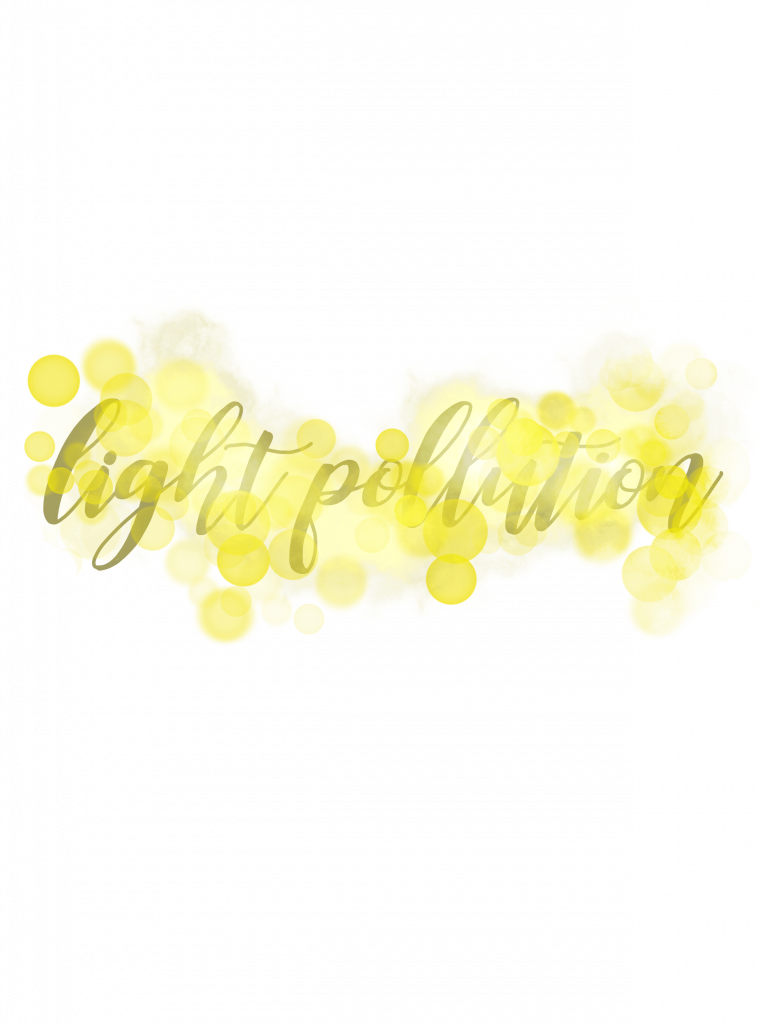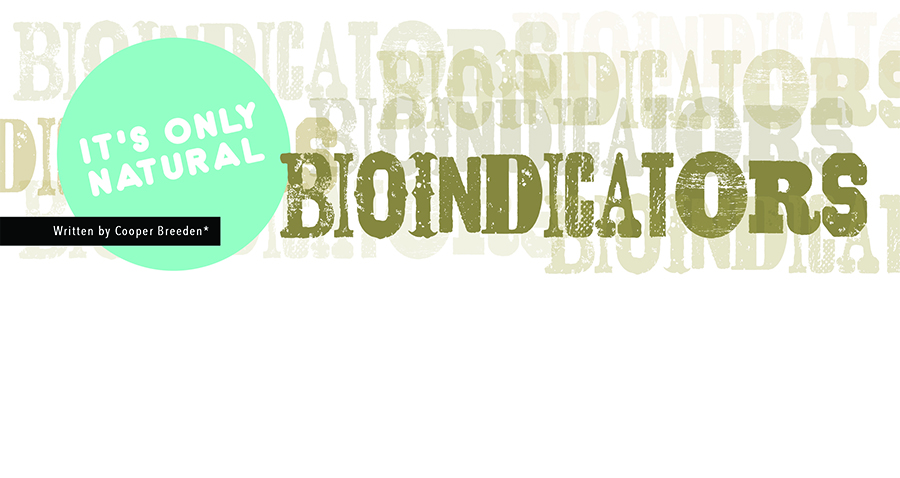
I got hens a few summers ago and was disappointed when I learned they would stop laying eggs when it got cold. They need that egg-laying energy to grow new feathers and survive the cold. Oddly, the trigger that shuts off the egg-laying machine is not weather related, but light related. A crafty chicken keeper knows that if he puts a sensored light in the coop that’ll flick on at dusk and stay on for a few hours into the evening, that’s enough to trick the hen—or rather, the hen’s sensory organs—into keeping the egg-maker turned on. Unsurprisingly, chickens are not the only critters whose biological phenomena are tied to the rising and setting of the sun, and they’re also not the only animals whose biology goes haywire when artificial lighting interferes.
Light pollution, or more specifically, ecological light pollution, occurs when artificial lighting affects an ecosystem. Astronomical light pollution occurs when stars and the rest of the night sky disappear behind city lights. The reflection of those city lights in the clouds is known as skyglow. It’s possible to have ecological light pollution without astronomical light pollution. For instance, a street lamp in a rural area that attracts hosts of insects and bats could be a source of ecological light pollution even if the Milky Way is clearly visible once you step out of the cone of the street lamp.
The premise behind ecological light pollution is that many animals have routines that are directly or indirectly governed by light. How each animal reacts varies. Some take advantage of what seems to them like an extension of their day, which may give them longer foraging periods. Others are uncontrollably drawn to the light, like the beetles and moths we see smacking against our porch lights. Still others are disoriented by the light and may, for instance, confuse shimmering street lights for the moon. This last case is one of the examples of ecological light pollution made famous by sea turtle advocates. When a freshly hatched baby sea turtle emerges from its nest, its instincts tell it to move toward the safety of the seas. However, lights from beachside settlements light up the dunes and disorient the babies, causing them to crawl away from the water.
Closer to home, the sea turtle’s herpetologic cousins may also be thrown off by the city lights. Many frogs and toads are nocturnal and will only begin the nighttime refrains that comprise their mating rituals at night. In the presence of light, they may delay their mating or forego it altogether. In some cases, they may hasten the selection process and be less preferential in their selection. That would be kind of like choosing your partner after a night of speed dating versus a more drawn-out courtship. This has obvious implications for the survival of these urban populations.
While artificial light is detrimental to many animals, others revel in the extended daylight and take advantage of what some scientists call the night light niche. This extra light gives them more time to forage or hunt for food. This is obviously beneficial to many predators, but not so much for the prey, especially in cases where the prey are enthralled by the light, like beetles and moths. Though the night light niche may benefit some animals, it can upset the balance of the ecosystem.
Research into the effects of ecological light pollution is still in its infancy, and many researchers say we have only scratched the surface when it comes to understanding how artificial light influences our ecosystems. Fortunately, Nashville is a city with a lot of green space and minimal lighting. I presume we may have less instances of ecological light pollution than other cities, but that’s just a hypothesis. Even though we do have astronomical light pollution, it’s usually possible to see some stars on clear nights. Perhaps we can take this as a sign of hope for our animal friends, that they are potentially a little happier than their cousins in other urban areas of the world.



